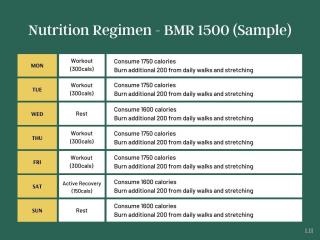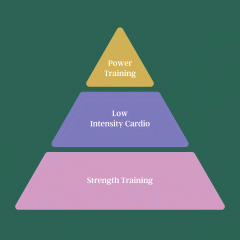Researchers at Georgia Tech warn that there is a risk that self-driving cars might be hacked and cause gridlock.
In 1996 General Motors introduced OnStar, as a safety and security device which allows limited remote control, like slowing or shutting down the car if it is stolen. In 2015 Samy Kamkar introduced OwnStar. "In this classic man-in-the-middle attack, Kamkar, or any unauthorized user, could substitute his OnStar commands to locate, unlock, or start the vehicle."
There are 12 million cars with OnStar, a small fraction of the total cars on the road. But what would happen if many cars were connected, or for that matter, self driving, and some black hat tried to mung them? Those hacker dudes at Georgia Institute of Technology and Multiscale Systems did a study to find out. According to the press release,
"In simulations of hacking internet-connected cars, the researchers froze traffic in Manhattan nearly solid." At first nobody noticed, since traffic in Manhattan is regularly frozen solid. Then a simulation of the NY Post blamed cyclists and demanded that all bike lanes be removed.
Not all cars need to be self-driving either, for the hackers to bring down the whole system; New York is so crufted that it just takes a few to gronk the joint.
“Randomly stalling 20 percent of cars during rush hour would mean total traffic freeze. At 20 percent, the city has been broken up into small islands, where you may be able to inch around a few blocks, but no one would be able to move across town,” said David Yanni, a graduate research assistant in [assistant professor Peter] Yunker’s lab.
A simulation of Mayor De Blasio, stuck in his SUV going to the Brooklyn Y, reaffirmed his commitment to Vision Zero and announced a sweep of simulated E-bike riding delivery people, as a way of starving the hackers out of their closets.
The Georgia Tech study kept things relatively simple.
“I want to emphasize that we only considered static situations – if roads are blocked or not blocked. In many cases, blocked roads spill over traffic into other roads, which we also did not include. If we were to factor in these other things, the number of cars you’d have to stall would likely drop down significantly,” Yunker said. The researchers also did not factor in ensuing public panic nor car occupants becoming pedestrians that would further block streets or cause accidents. Nor did they consider hacks that would target cars at locations that maximize trouble.
The researchers suggest that the risk could be reduced by "splitting up the digital network influencing the cars to make it impossible to access too many cars through one network."
We might also suggest that the risk could be reduced by introducing congestion pricing to reduce the number of cars in the city so that one can drive around the hacked ones, improving the alternatives to driving, like better walking, cycling and transit infrastructure, or just recognising that autonomous cars are just not going to work very well in crowded cities where pedestrians will just walk all over them. And New Yorkers should consider themselves lucky:
“Manhattan has a nice grid, and that makes traffic more efficient. Looking at cities without large grids like Atlanta, Boston, or Los Angeles, and we think hackers could do worse harm because a grid makes you more robust with redundancies to get to the same places down many different routes,” Yunker said.
The Georgia Tech people place their simulation in 2026. It will likely be a few years later than that before 20 percent of the cars in New York are autonomous. It likely won't be long after that when the first hackers try to take them down. And as noted earlier, it is likely that nobody will notice.
Researchers at Georgia Tech warn that there is a risk that self-driving cars might be hacked and cause gridlock.





























































